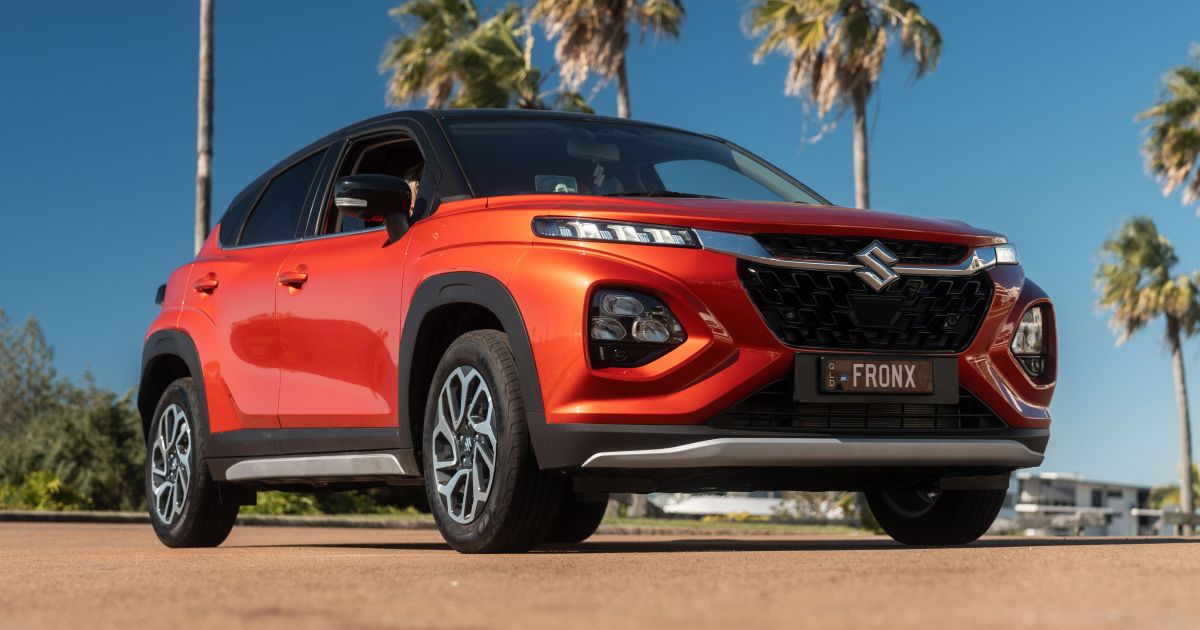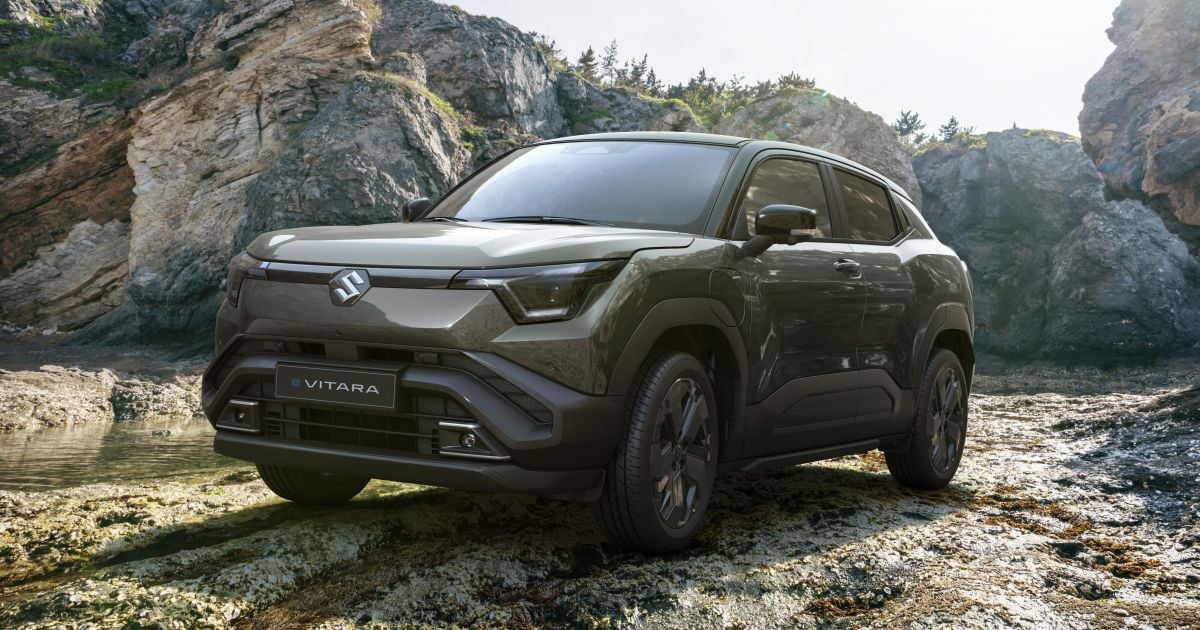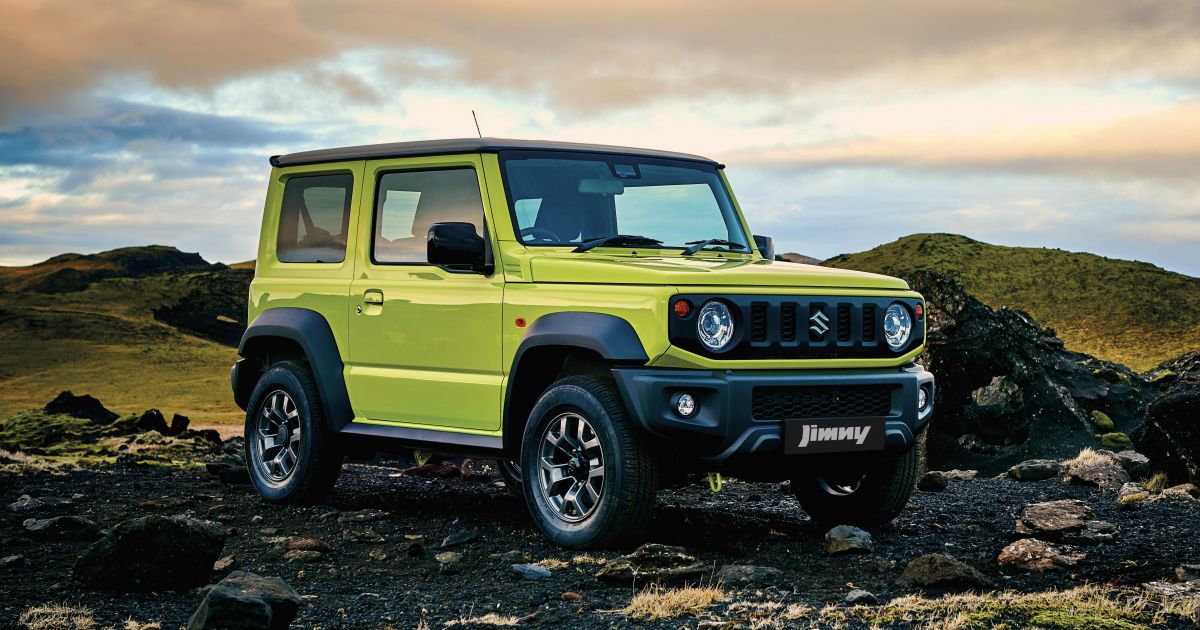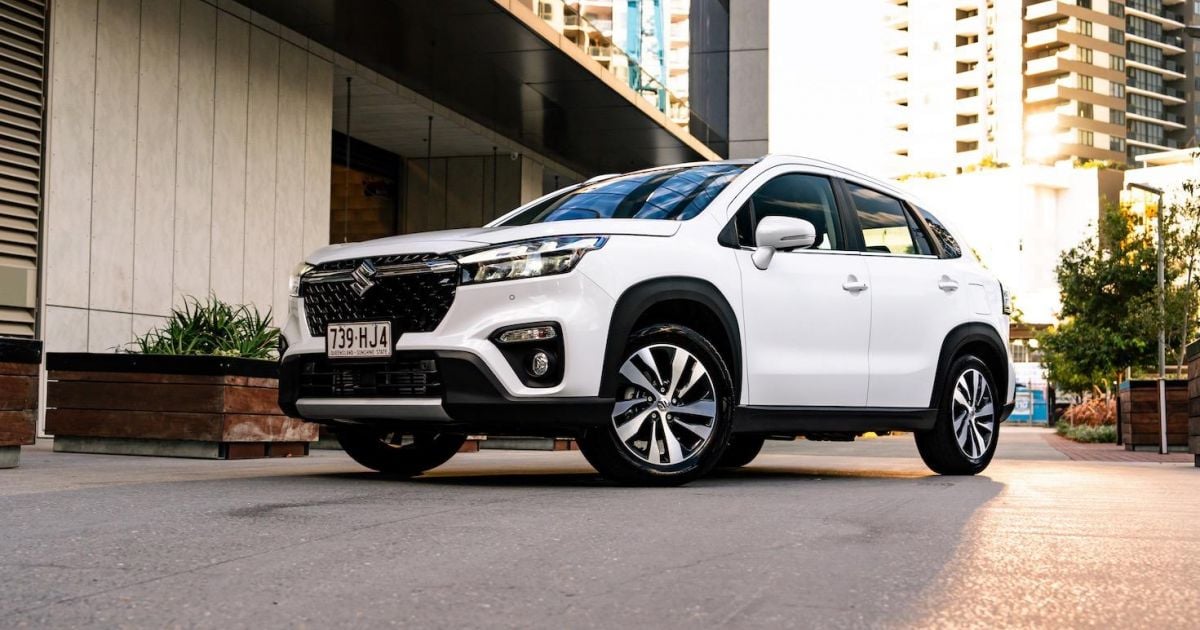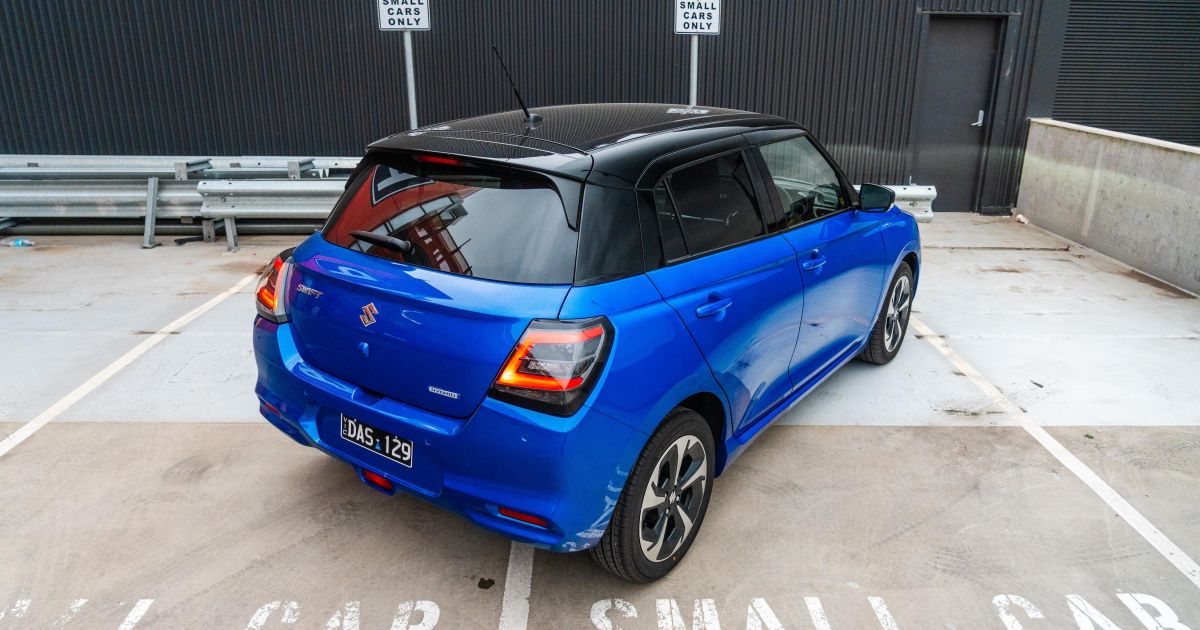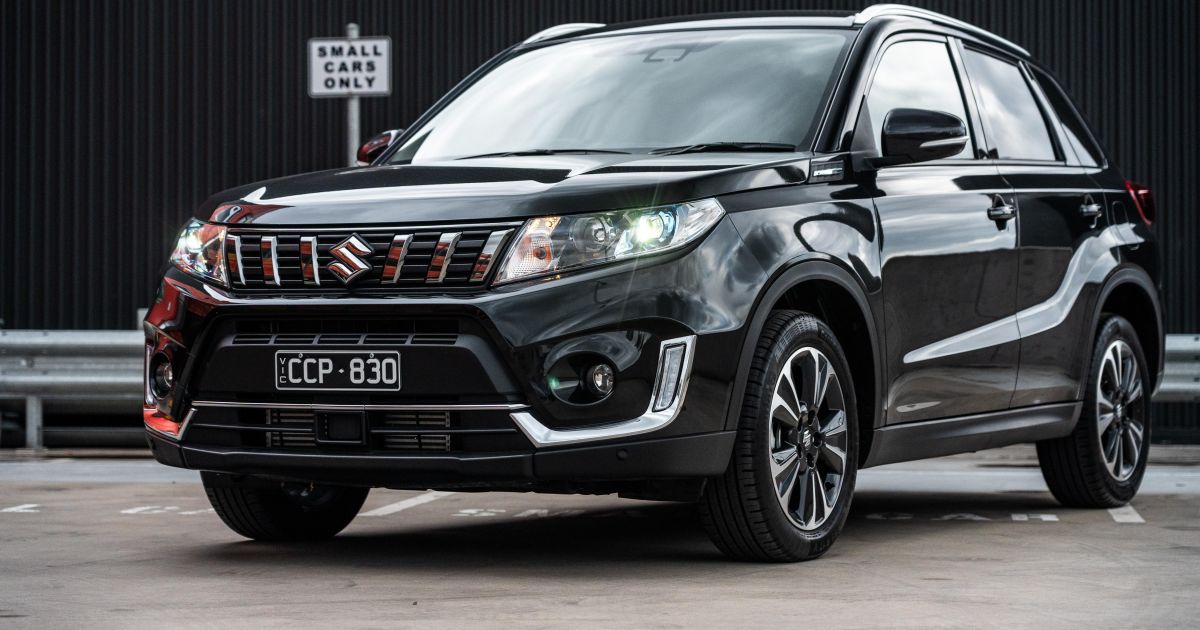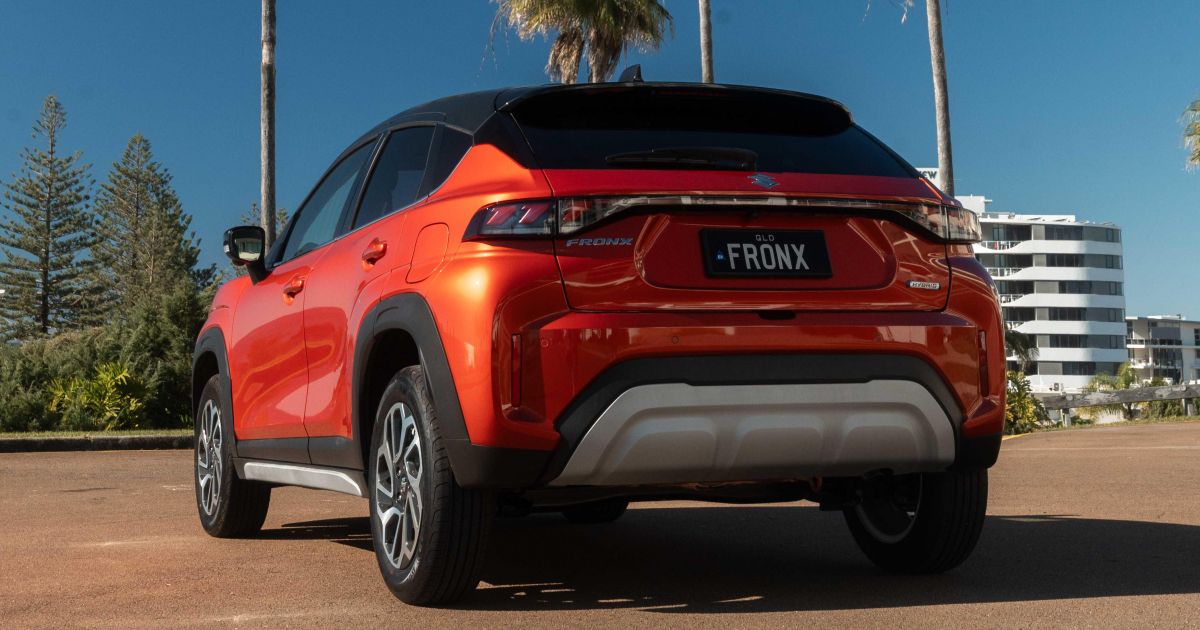The boss of Suzuki Queensland has argued the Australian Government’s new vehicle emissions regulations will boost Chinese brands, raise prices, punish makers of small cars, and end up forcing many buyers to shop for less efficient used cars.
The New Vehicle Efficiency Standard (NVES) came into effect on January 1, 2025, with monetary penalties following from July 1.
If automakers exceed an average carbon emissions target for the vehicles they sell each year, they will be penalised $100 per g/km of CO2 for every vehicle which exceeds the target. And that target will get more stringent every year until 2029.
In effect, automakers need to bring in more efficient vehicles – including electric vehicles (EVs) and plug-in hybrids (PHEVs) – to help offset the emissions of their less efficient vehicles.
CarExpert can save you thousands on a new car. Click here to get a great deal.
“I would say, ‘Would you consider a Suzuki to be a reasonably efficient car?’ And to consider that next year there will be penalties on cars like Fronx, for a 1.5-litre hybrid vehicle with [an integrated starter generator], there are still penalties on that car next year,” Suzuki Queensland general manager Paul Dillon told CarExpert.
Suzuki Queensland is a separate distributor covering the Sunshine State and the Northern Rivers region of New South Wales; Suzuki Australia covers the rest of the country.
“What happens to the consumer that wants to buy a car at that price at the end of the market? Do they go, ‘I can’t afford a new car, I’m going to buy a five-year-old something which is less efficient’? he continued.
“And then you’ve defeated the whole purpose of supposedly having an efficiency standard.”
Suzuki will introduce its first EV to Australia in the first quarter of 2026, the small eVitara SUV. This has been confirmed for launch by Suzuki Australia, though Suzuki Queensland says it’s “certainly our intention [to offer it] assuming the numbers from Japan stack up”.
When asked whether this vehicle would be sufficient to offset its other models, Mr Dillon said: “As in any business, you’ve got to weigh that up and go, ‘If we lose this much money on those, can we recoup enough from that to offset that?’.
“I’ve got to say, I think there will be a small market for EVs. Unfortunately, I don’t think the government fully considered that.
“I think there’s issues with the NVES they haven’t fully considered, unless they specifically are out to raise more tax from the consumers.”
And the Suzuki Queensland boss says he’ll be forced to raise the prices of vehicles should the company cop NVES fines.
“What is the cost to bring in those [more efficient vehicles]? Somebody’s got to pay for it at some point, so are they going to pay the penalty for having something like a Fronx? Or are they going to pay more for something like an EV? Do they have the more?
“It might be alright in Canberra, sitting there thinking people have got plenty of money. Are they really in touch with what the average man does have to spend?”
Mr Dillion argued his company won’t be alone in increasing prices, making Chinese brands even more tempting to buyers.
“The legislation’s almost leaning towards [Chinese brands], isn’t it?” he mused.
All vehicles imported to Australia are entered on the Register of Approved Vehicles (RAV), and their Vehicle Identification Numbers (VINs) are uploaded with their weights and emissions.
Suzuki Queensland will pay its own penalties for exceeding NVES targets on the vehicles it imports, with Suzuki Australia paying penalties for the vehicles it imports.
Despite being a specialist in small, generally economical vehicles – its largest vehicle is the 4.3m-long S-Cross – Suzuki Queensland says it’s unfairly penalised by the NVES.
While there are separate CO2 targets for Type 1 (passenger cars) and Type 2 vehicles (light commercials and ‘heavy off-road passenger vehicles’ like the Nissan Patrol), the legislation also includes breakpoints.
The lower breakpoint is 1500kg for Type 1 and Type 2 vehicles, while the upper breakpoint is 2200kg for Type 1 and 2400kg for Type 2 vehicles.
But what does that mean? In short, the mass figure entered on the RAV is still the lower breakpoint figure, even if the vehicle weighs less than this. And Suzuki has some of the lightest vehicles on the market, with its base Swift having a kerb weight of just 919kg.
Vehicles between the lower and upper breakpoints have their mass recorded as is, while vehicles with a mass greater than or equal to the upper breakpoint are capped out at the upper breakpoint figure.
“Whilst next year the headline target is 117g/km… they have a slope on the NVES, so if your car is lighter then your target is lower,” said Mr Dillon.
“If the car’s lighter, your target’s different so your penalty is different.
“If we added 300kg to the car, we might be better off from an emission’s target point of view. The car would be less responsive, but at least then your 114g would still be in line or under target.
“It seems counter to what the whole NVES is trying to achieve. If you’ve got a lighter car and it’s meeting the headline target, then you’ve got to get better than that because your car is lighter – it doesn’t seem to make sense. I think that might be part of their 2026 review.”
In short, Mr Dillon thinks the NVES hasn’t been thought through, and it’s legacy automakers in Australia that will suffer along with buyers who’ll pay more.
“They haven’t put enough thought into it,” he said.
“How many people does the industry in Australia employ, and have for a long period of time? Not just us, take us out of the equation, how long has Ford been in Australia? Mitsubishi?
“Those sorts of companies generally aren’t likely to go, ‘Oh, this isn’t working out for us. Let’s jump out like let’s say some other brands might have previously.”
Mr Dillion argues that automakers already have to contend with Australian Design Rules that are among the strictest vehicle standards in the world, and now the NVES is making this country an even less appealing market – at least for automakers that specialise in combustion-powered vehicles.
But while he said automakers like Suzuki look ahead when planning vehicles for our market, the NVES has still unexpectedly upset the apple cart.
“It’s all coming maybe a bit more quickly than the industry can react to, I think,” he said.
MORE: Everything Suzuki

